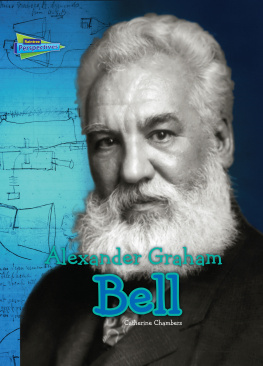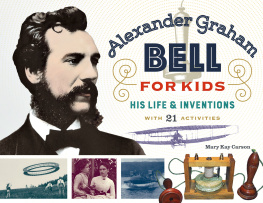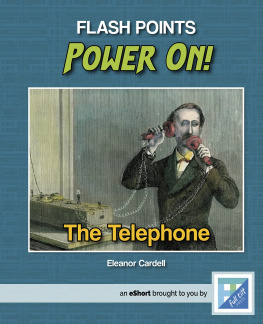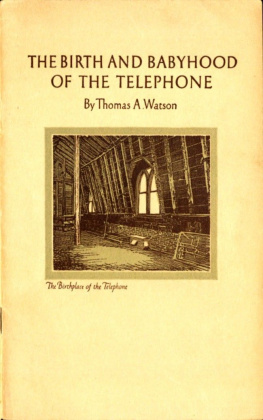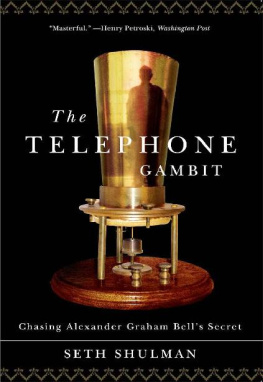BREAKTHROUGHS IN TELEPHONE TECHNOLOGY
FROM BELL TO SMARTPHONES
COMPUTING AND CONNECTING IN THE 21ST CENTURY
BREAKTHROUGHS IN TELEPHONE TECHNOLOGY
FROM BELL TO SMARTPHONES
EDITED BY ROBERT CURLEY, MANAGER, SCIENCE AND TECHNOLOGY

Published in 2012 by Britannica Educational Publishing
(a trademark of Encyclopdia Britannica, Inc.)
in association with Rosen Educational Services, LLC
29 East 21st Street, New York, NY 10010.
Copyright 2012 Encyclopdia Britannica, Inc. Britannica, Encyclopdia Britannica, and the Thistle logo are registered trademarks of Encyclopdia Britannica, Inc. All rights reserved.
Rosen Educational Services materials copyright 2012 Rosen Educational Services, LLC.
All rights reserved.
Distributed exclusively by Rosen Educational Services.
For a listing of additional Britannica Educational Publishing titles, call toll free (800) 237-9932.
First Edition
Britannica Educational Publishing
Michael I. Levy: Executive Editor
J.E. Luebering: Senior Manager
Adam Augustyn, Assistant Manager, Encyclopdia Britannica
Marilyn L. Barton: Senior Coordinator, Production Control
Steven Bosco: Director, Editorial Technologies
Lisa S. Braucher: Senior Producer and Data Editor
Yvette Charboneau: Senior Copy Editor
Kathy Nakamura: Manager, Media Acquisition
Robert Curley: Manager, Science and Technology
Rosen Educational Services
Jeanne Nagle: Senior Editor
Nelson S: Art Director
Cindy Reiman: Photography Manager
Brian Garvey: Designer, Cover Design
Introduction by Laura Loria
Library of Congress Cataloging-in-Publication Data
Breakthroughs in telephone technology: from Bell to smartphones/edited by Robert Curley.1st ed.
p. cm.(Computing and connecting in the 21st century)
In association with Britannica Educational Publishing, Rosen Educational Services.
Includes bibliographical references and index.
ISBN 978-1-61530-724-1 (eBook)
1. TelephoneHistory. 2. TelecommunicationHistory. 3. ElectronicsHistory. I. Curley,
Robert, 1955
TK6015.B74 2012
621.385dc23
2011032955
On the cover: An antique rotary telephone and a contemporary smart phone. Shutterstock.com (left), Bloomberg via Getty Images
Pages www.istockphoto.com/Karl Dolenc; remaining interior background image www.istockphoto.com/Johan Ramberg.
CONTENTS


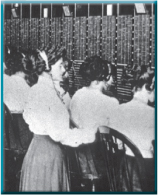

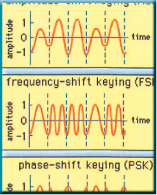


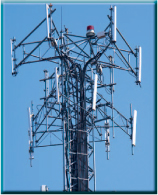
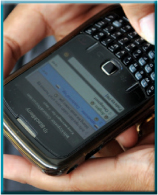
INTRODUCTION

T he telephone has proven to be one of the fastest, most personal ways for people to connect when they are separated by distance. Information that once took weeks to convey now takes seconds. Advances in telephone technology also have opened even more avenues of electronic communication. Breakthroughs in Telephone Technology explains, in detail, the composition and intricate operation of telephone instruments, and illustrates how phones have changed over time. The text takes readers through the history of the telephone, and points toward its possible future applications.
A comprehensive study of the telephone should begin with an understanding of how the instrument works. The device must have a direct-current power source, which is supplied by the local phone companys switching office through a circuit called the local loop. (Cordless phones are an exception, drawing power from an internal battery.) Next is the switch hook, which connects and disconnects the phone to the loop. The dialer transmits pulses or dual-tone signals that indicate the number being called. The ringer is always connected to the loop, ready to announce an incoming call. The transmitter converts sound vibrations into electric current, which is received on the other end of the line. The receiver does the opposite, translating current into audible sound that mimics speech. An anti-sidetone circuit prevents the users own voice from transmitting back to his or her own receiver.
The telephone went through a number of experimental iterations before the current operating instrument came to fruition. Throughout the 19th century, inventors were searching for a way to transmit sound over long distances. In 1861, German Johann Philipp Reis created a device that could transmit sound, but not speech. In the 1870s, Elisha Gray and Alexander Graham Bell conceived similar electrical sound-transmitting devices and receivers that used metal diaphragms to reproduce sound. Bell had not yet built the transmitter for his model on Feb. 14, 1886, the day both he and Gray went to the U.S. Patent Office. Nevertheless, Bells patent application won out over Grays caveat, a sort of prelude to a patent, and Bell became the official inventor of the telephone.
Transmitting sound that duplicated the human voice was the next hurdle to overcome. Using a design that was again similar to Grays, Bell created a successful transmitter using a pair of metal rods in an acidic solution, one of which moved in relation to the other when activated by sound waves, thus causing changes in an electric current that was transmitted to a receiver. In March 1876, this liquid transmitter enabled the first voice message, from Bell to his assistant, Thomas Watson, to be sent. A decade later, Thomas Edison invented a refined transmitter using granulated charcoal. This design would be used for nearly a hundred years.
Each individual telephone instrument must be part of a network that enables users to connect with one another. The network has three main functions: switching, signaling and transmitting.
Switching refers to the connection of one line to another. As one phone cannot be directly connected to all other phones, a switching station handles the numerous connections. In the early days of telephone use switching was done manually, wherein an operator at a station, or telephone exchange office, physically connected one line to another by plugging a two-ended cord into the appropriate jacks. Stations could handle several hundred lines before a transfer to another station was required.
An increase in the number of telephone installations led to a more automated system. The crossbar switchinvented in 1913 by Western Electric and first installed in 1938 by AT&Tcould connect 10 calls at once. By the mid-1970s, electronic switching had replaced the crossbar, nearly doubling station capabilities. Digital switches of the 1970s multiplexed numerous calls over individual circuits, using both space-division and time-division, which, again, greatly increased capacity.
Next page








